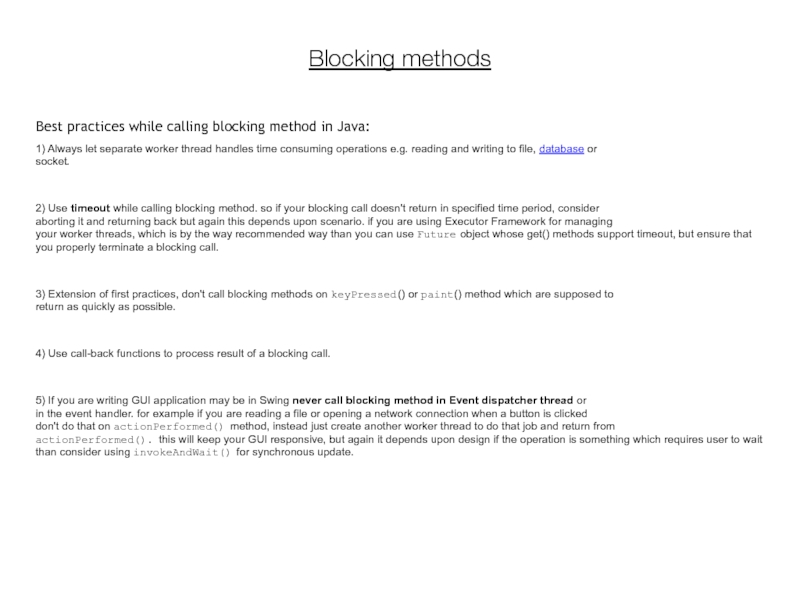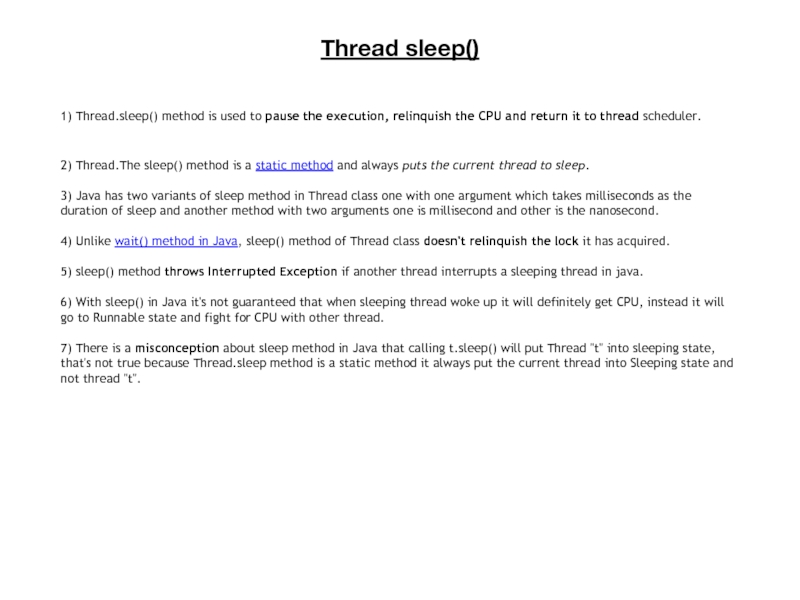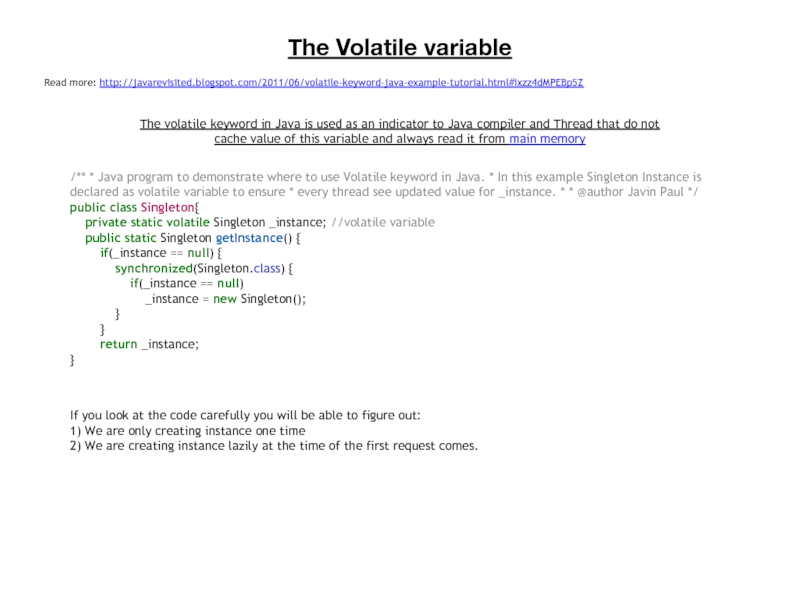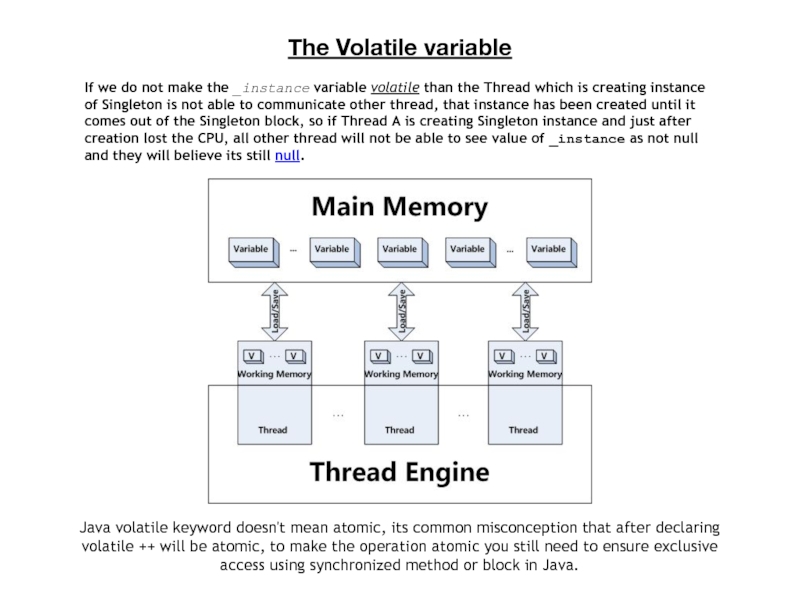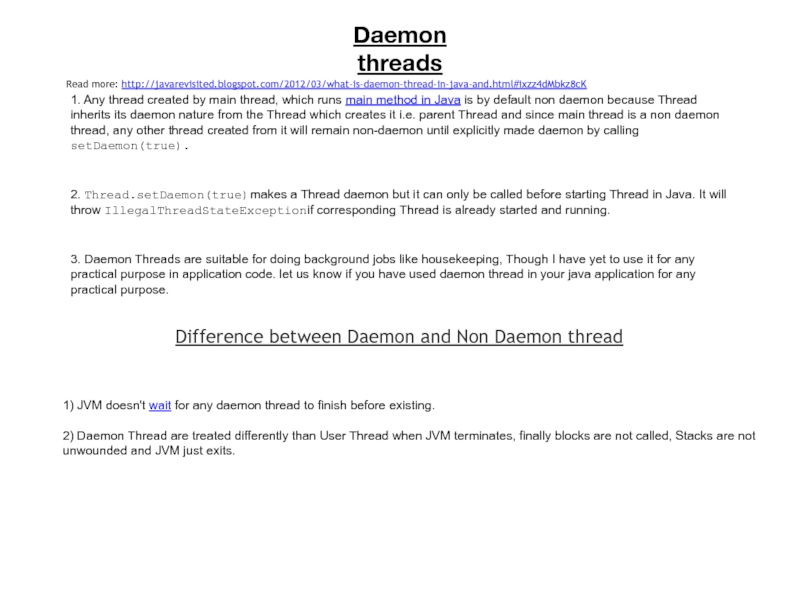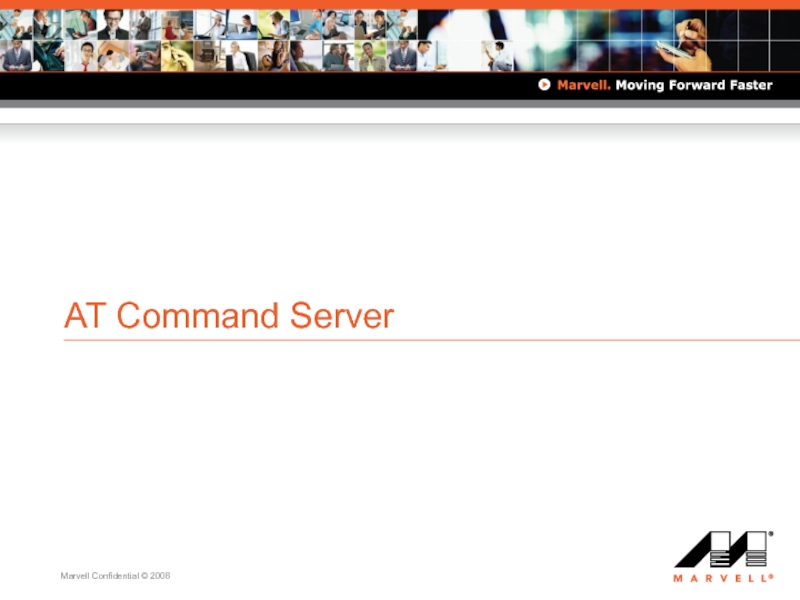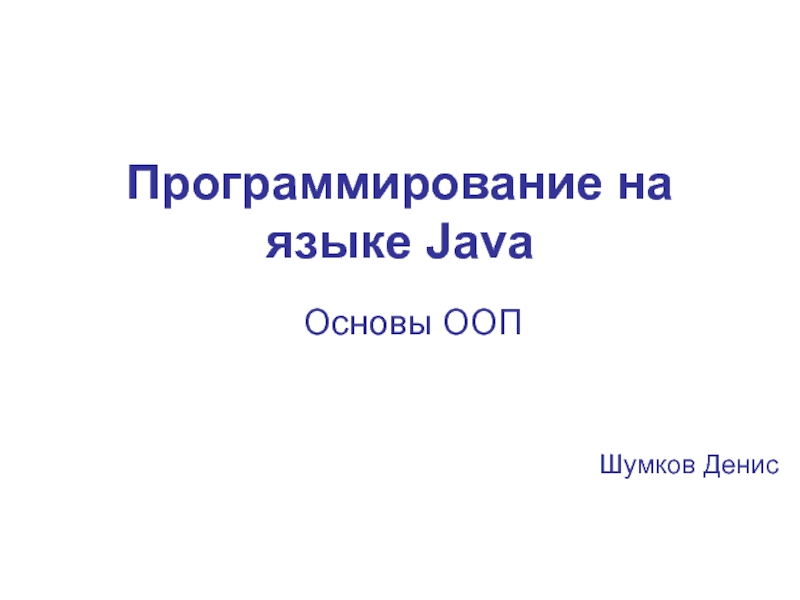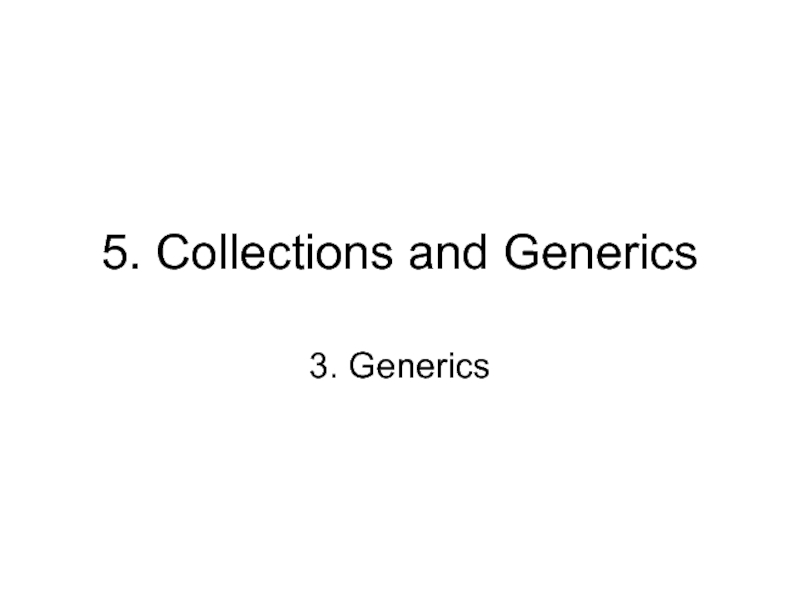e.g. reading and writing to file, database or
socket.
2) Use timeout while calling blocking method. so if your blocking call doesn't return in specified time period, consider
aborting it and returning back but again this depends upon scenario. if you are using Executor Framework for managing
your worker threads, which is by the way recommended way than you can use Future object whose get() methods support timeout, but ensure that you properly terminate a blocking call.
3) Extension of first practices, don't call blocking methods on keyPressed() or paint() method which are supposed to
return as quickly as possible.
4) Use call-back functions to process result of a blocking call.
5) If you are writing GUI application may be in Swing never call blocking method in Event dispatcher thread or
in the event handler. for example if you are reading a file or opening a network connection when a button is clicked
don't do that on actionPerformed() method, instead just create another worker thread to do that job and return from
actionPerformed(). this will keep your GUI responsive, but again it depends upon design if the operation is something which requires user to wait than consider using invokeAndWait() for synchronous update.
Best practices while calling blocking method in Java:
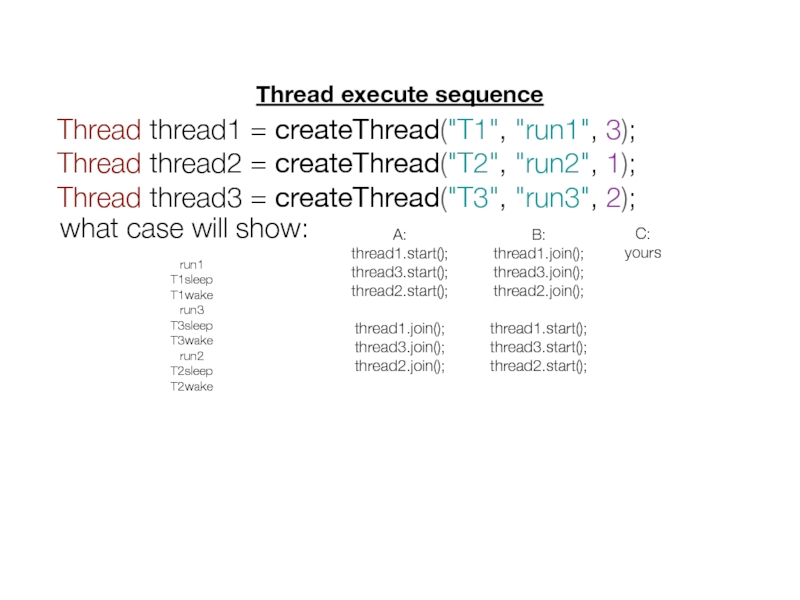
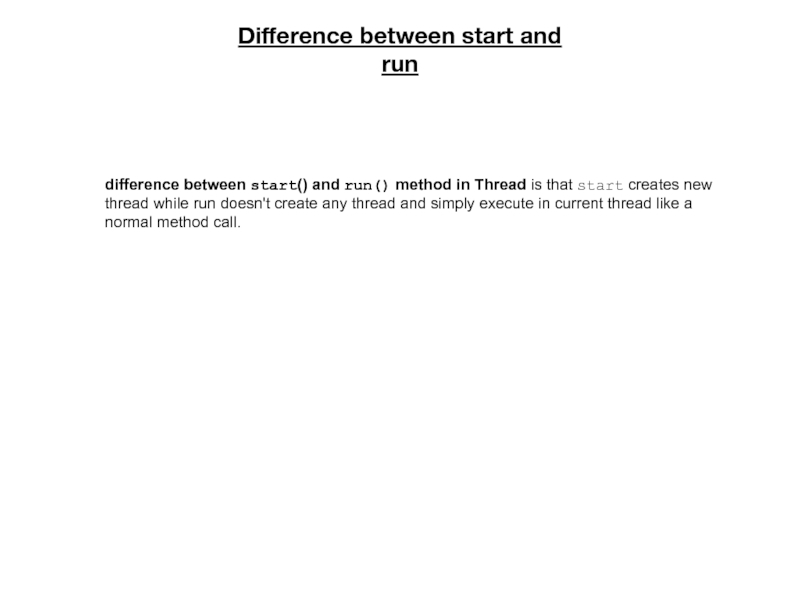

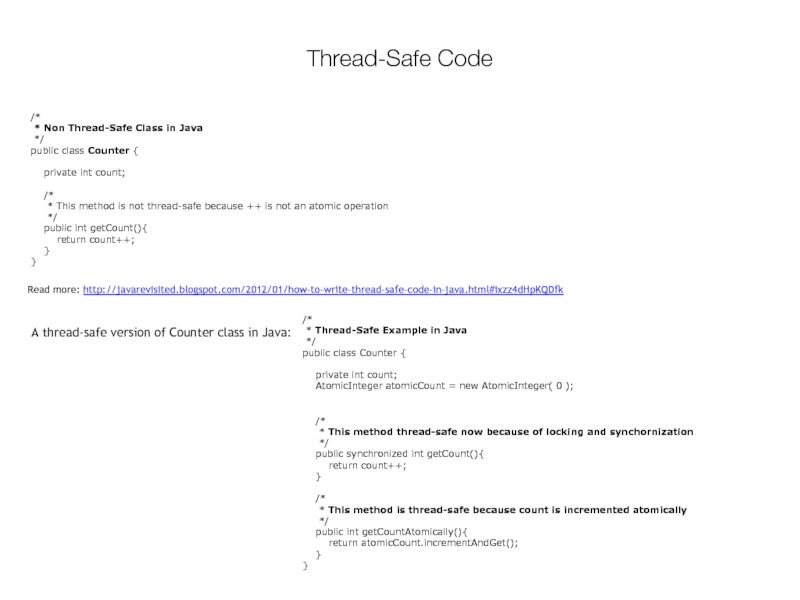
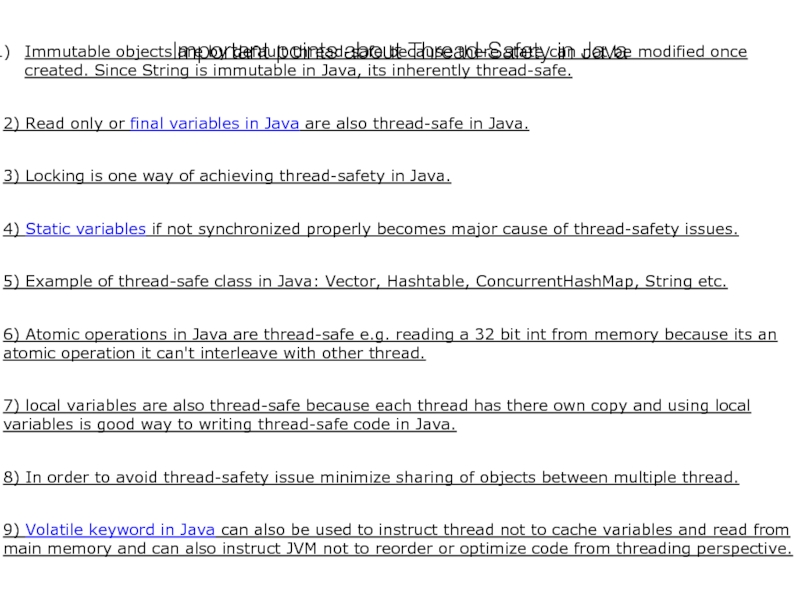
![Blocking methodsExamples of blocking methods in Java:public class BlcokingCallTest { public static void main(String args[])](/img/tmb/4/331723/426d5d7737d14480dd90d4a8b69f08ab-800x.jpg)
